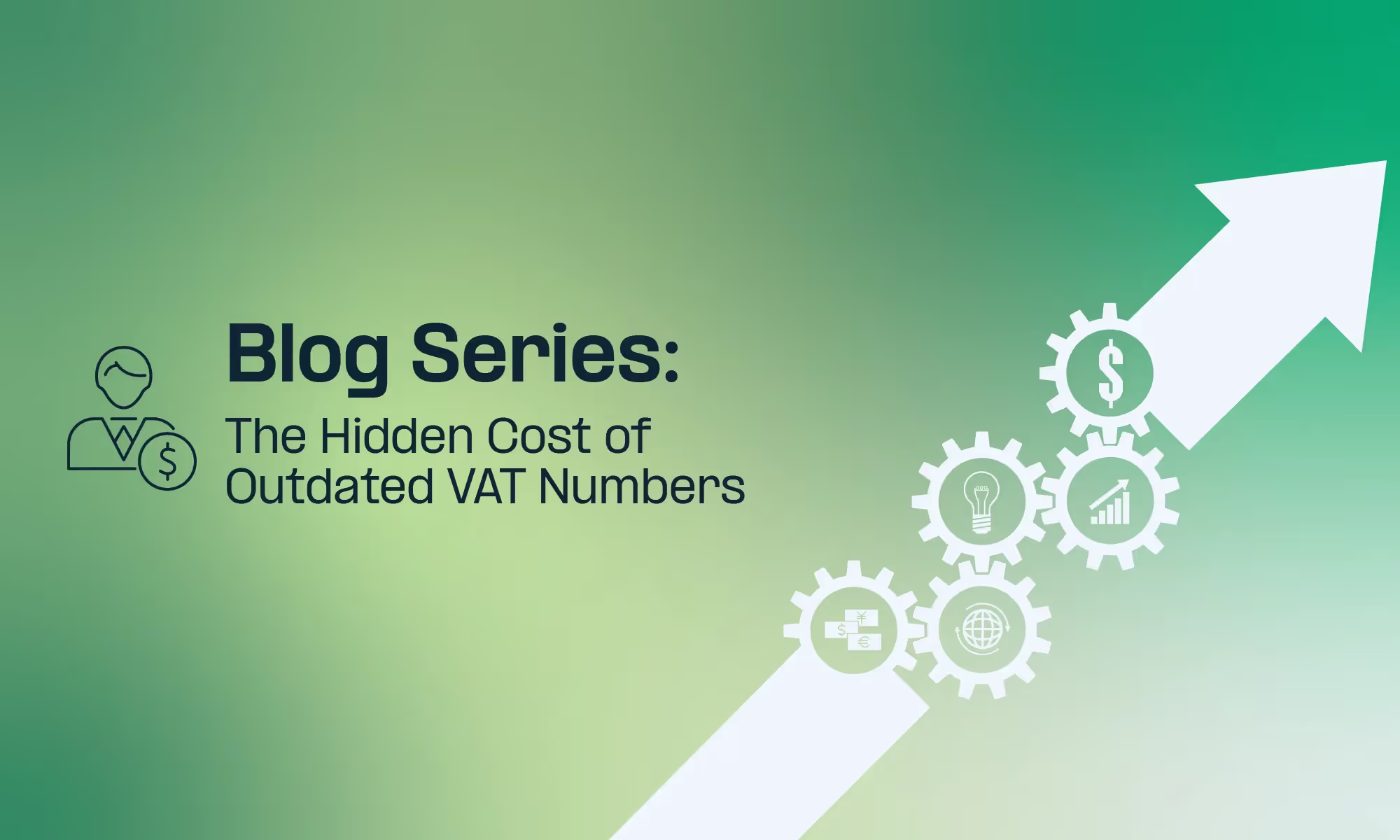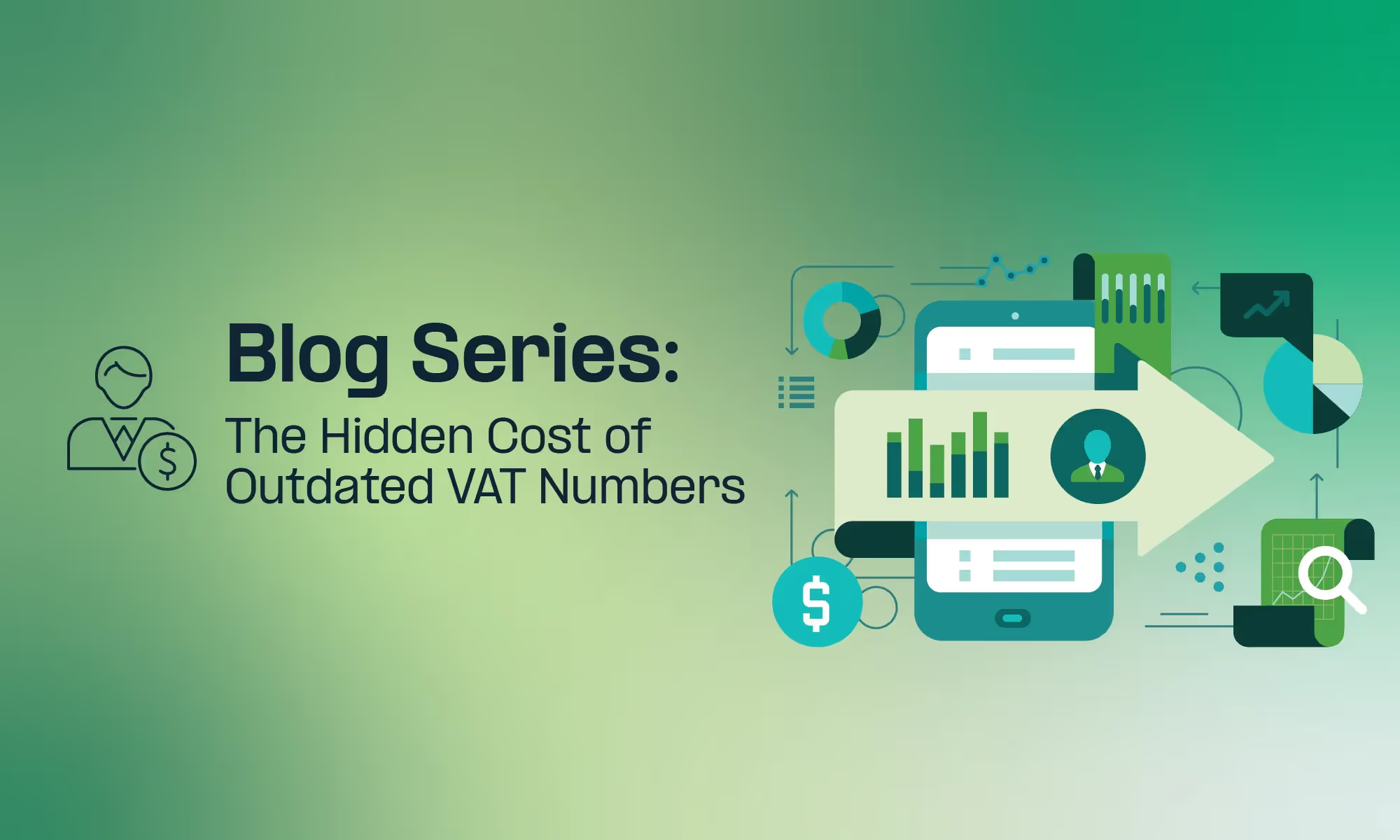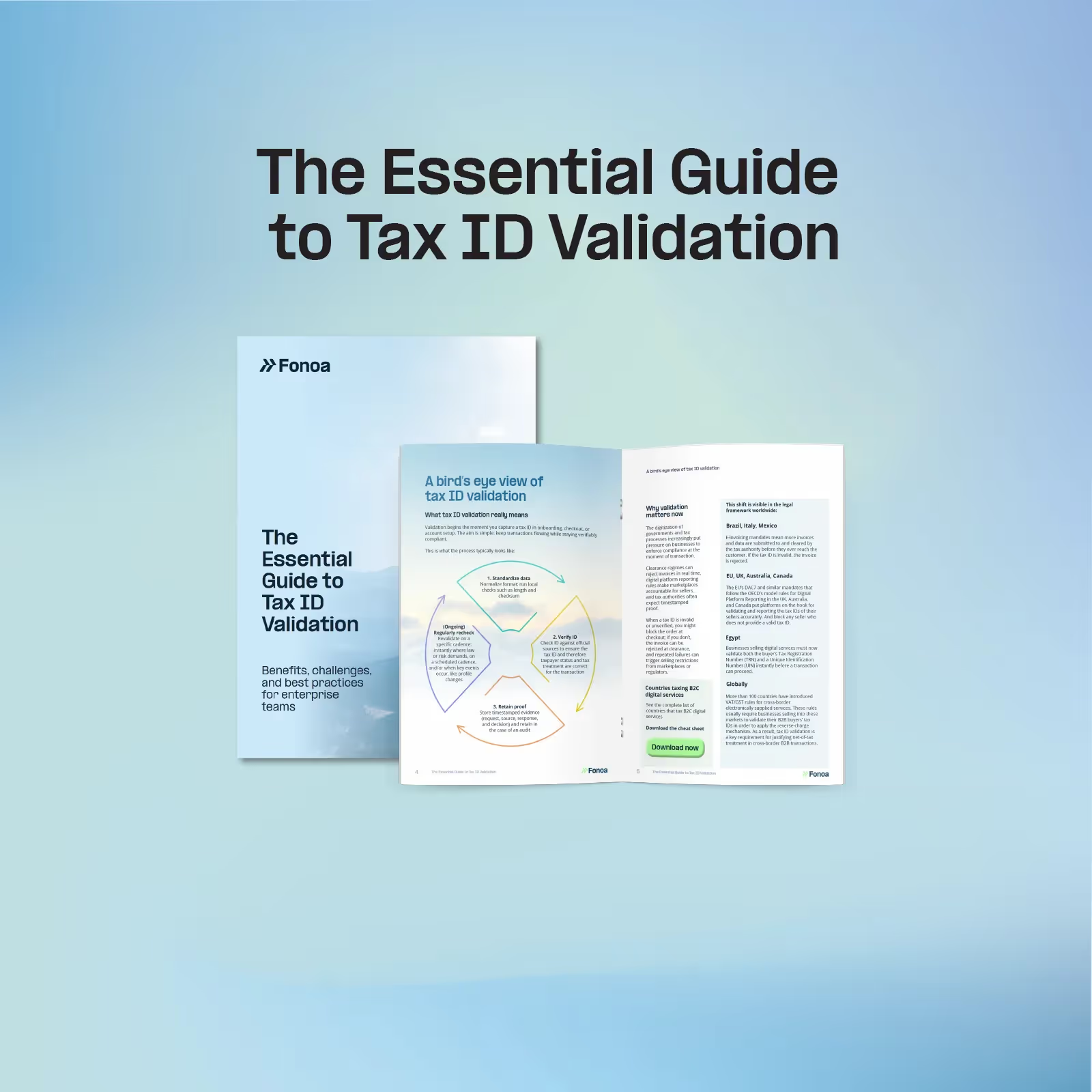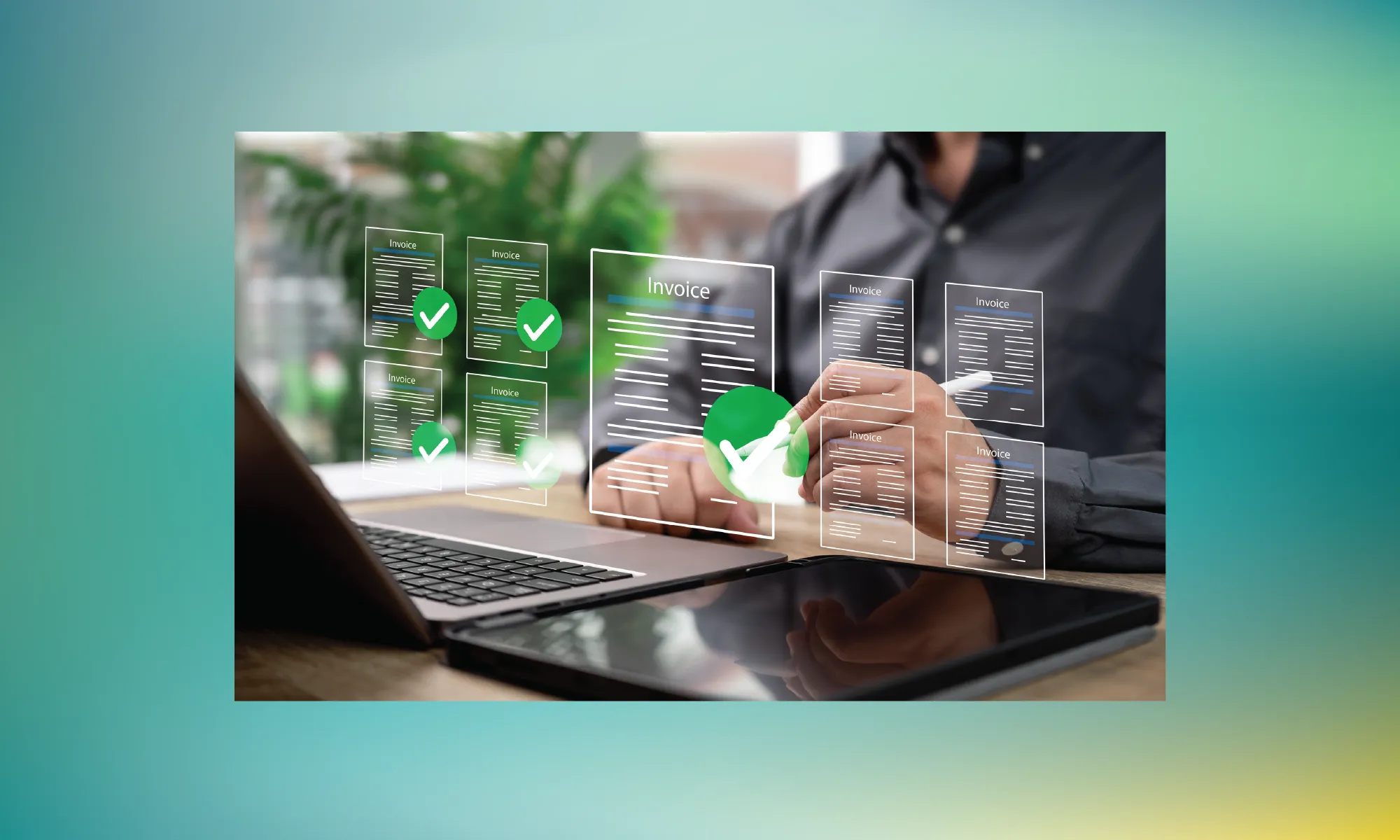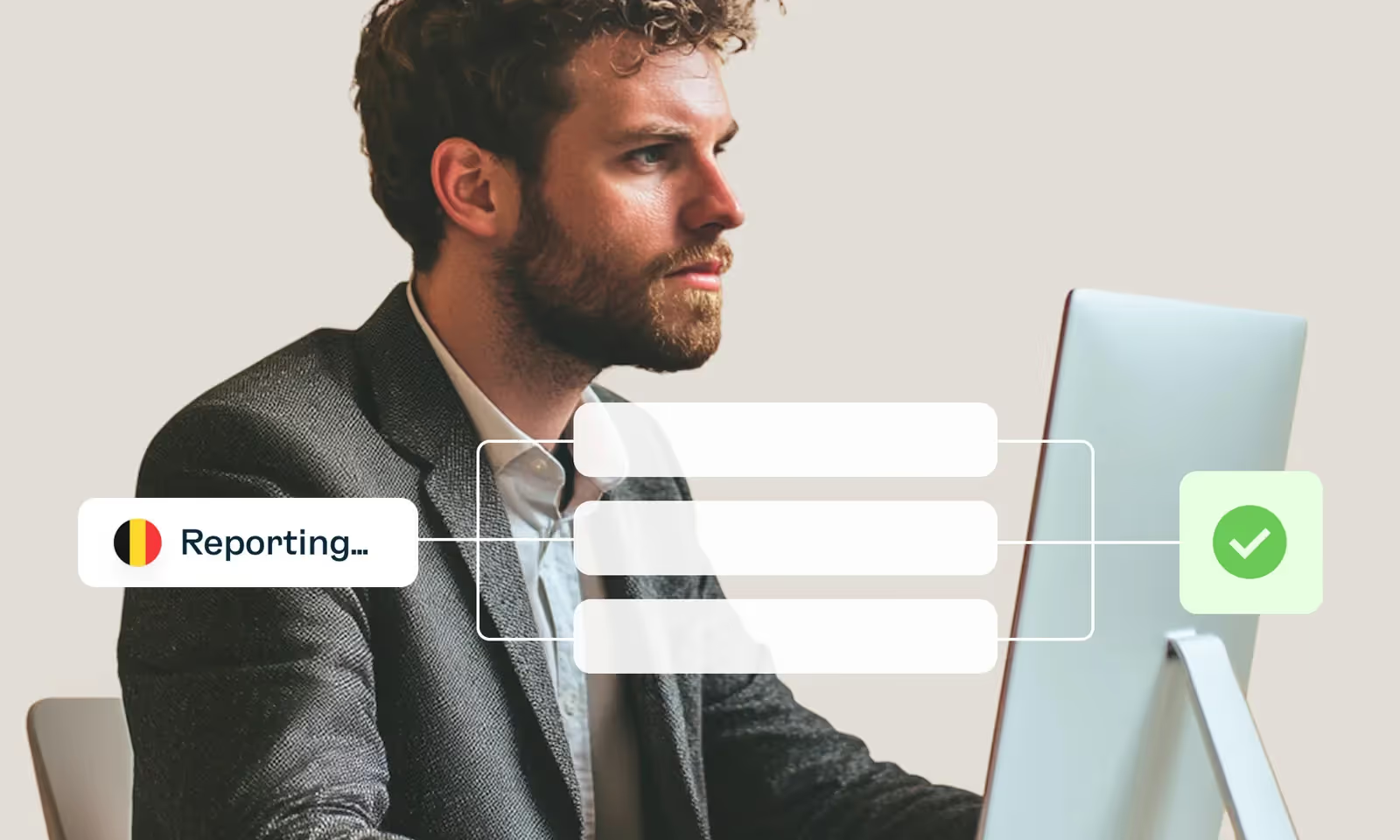VAT Compliance is part of the Value Added Tax (VAT) transaction life cycle, and is a mandatory part of everyday business for companies throughout the world.
So what is VAT Compliance? VAT compliance typically refers to businesses charging the right amount of VAT to their customers, and subsequently reporting and remitting that VAT in the prescribed way by local rules to the relevant government.
While this may sound simple, the complexity for global businesses lies in the fact that each country in the world has its own set of rules, obligations, and filing requirements. This requires a well-organized and thought-through process to ensure all compliance obligations are met.
Under VAT Compliance some compliance with the entire VAT system, to others it only means preparing and submitting VAT returns.
Although we are generally talking about VAT compliance here, many of the topics discussed below are equally applicable in countries with Goods and Services Tax (GST) regimes as well.
So why is compliance important?
VAT Compliance is a mandatory part of operating a business, it is imposed on a business by laws and regulations. Not meeting your VAT compliance obligations results in penalties, fines, late interest imposed by tax authorities, and in some cases business closure or detention for directors and senior business leaders.
What is VAT Registration and when to register for VAT?
VAT Registration obligations and processes vary from country to country. Most countries set out rules around number of sales transactions or income thresholds for sales, and if a company sells more than the threshold or is selling a specific good/service, it is required to register for VAT/GST.
Once you register, the tax authority will generally provide a VAT Number for the business to use in commerce. The VAT Number allows businesses that are vendors or customers to know that they are dealing with a legally compliant business, which reduces their risk of VAT fraud.
Digital and Non-resident Businesses
When you sell into a country remotely, or you have another type of business that does not require you to have local operations, you may still have registration obligations. This is especially true for digital service businesses in content creation, streaming, SaaS, gaming, and other digital services. But it can also apply to other non-resident businesses that are selling into specific countries.
Learn more about Global VAT and GST on Digital Services.
Compliance Obligations and Fiscal Representatives
In order to be VAT/GST compliant, it is important to be fully aware of your compliance obligations anywhere in the world.
It is equally important to understand how to register, and to learn about the local compliance specifics of a country or tax jurisdiction.
In some jurisdictions for example, it is not uncommon to need fiscal representation for non-established businesses. This basically means appointing someone to be the locally responsible (and often liable) representative of your non-local business for tax purposes. It is an effective way for tax authorities to have someone to go to and hold responsible in their country and area of jurisdiction.
In the European Union (EU), the registration processes can vary, but in most EU Countries it is relatively easy and designed to facilitate simple compliance for businesses. Each member state has a form or a portal that the business can register in and each jurisdiction may have small additional requirements. Once registered, businesses will be required to collect VAT on sales, but in most cases can also recover input VAT (the VAT charged to them). The ability to deduct VAT charged to taxpayers (input VAT) is a key part of the VAT system.
What is VAT-compliant Invoicing?
A part of international indirect tax compliance obligations across countries stems from invoicing rules.
This is because, in many countries, the tax and local government authorities require (tax-registered) sellers to issue invoices in accordance with local regulations - these are often referred to as “tax invoices”. This is often very difficult, for language, required format/date, and operational reasons to maintain a tax-accurate template over time. On top of that, sometimes companies (taxpayers) require a different approach where they invoice on behalf of other sellers. Like digital marketplaces invoicing on behalf of the underlying sellers on their platforms. In such situations, additional VAT compliance rules kick in to make sure this is all happening according to the legal requirements.
If you are a US or non-VAT familiar reader, this could be a foreign concept requiring some explanation.
Invoicing obligations in the traditional (paper/pdf) sense are crucial for VAT systems, as they act as a cornerstone of compliance and enforcement. Invoices are the proof for taxpayers that VAT was charged, incurred, or self-assessed by them, and that the VAT they are seeking to reclaim is legitimate and the VAT they have charged reflects the full and accurate amounts charged to customers. It is a traditional control mechanism for tax authorities.
This is why the compliance obligations around what constitutes an invoice can be strict. The type of information that is mandatory for VAT invoices and the invoice number sequencing for example are all effectively designed to ensure tax authorities have a way to audit VAT compliance across sellers and buyers.
What are E-Invoicing and Real Time Reporting?
The major downside to traditional invoicing in today’s digital economy, is that manually validating invoices to ensure VAT compliance by tax authorities is hard given the volume and fast-moving nature of transactions.
For that reason, more and more countries are introducing so-called E-invoicing and real-time reporting rules, which oblige taxpayers (sellers) to report transaction data in near real-time to governments electronically or in a structured digital way, so tax authorities have a faster, more comprehensive, and most importantly automated way of ensuring VAT compliance on large volumes of transactions and the ability to instantly react to any anomalies.
When is a business subject to E-Invoicing and/or Real Time Reporting?
The answer is it depends, as each country has its own local requirements, and there is no uniform requirement by country or industry. Businesses should review local requirements or work with a specialized service provider to understand the local requirements in the markets they operate in to ensure VAT compliance.
What are VAT Returns, and how does the Reporting Process work?
As a business, once you have invoiced your transactions correctly and charged the right tax at the right tax rate, you need to report the transactions to the relevant tax authority periodically via a VAT/GST Return.
In most countries, including the UK and EU Member States the process of preparing your VAT return starts with gathering sales and purchase data and breaking down the transactions into the different categories of transactions to enter in the VAT return form. Each country asks similar questions, but nearly every country has a different tax return format, as well as a different set of specific parameters the tax authorities want to know about. It is not a standardized process across countries, which is in part what makes it hard. In the EU, on top of periodic VAT return filings, it is common that supplemental filings and returns like the intrastate, EC Sales Listing, or EC Purchase Listing need to be prepared as well.
For most digital-first companies, the VAT compliance cycle is challenging. This is often because of the tight deadlines and complex forms to file in many jurisdictions around the same time. Not having sufficient knowledge around the VAT rules in each country is another reason why many businesses struggle with their VAT compliance process.
This is why many companies outsource the work partly or fully to a service provider to gain bandwidth and local expertise. But this can also add complexity, as using external service providers often means parts of the VAT compliance work becomes decentralized, making it harder to track, monitor and understand where all the work is and whether filings are done timely and accurately.
Fonoa Returns
Fonoa offers a solution to help global businesses efficiently manage their VAT and GST compliance processes. Through Fonoa Returns, companies can automatically generate VAT returns across countries. The system is able to intelligently understand the transactions coming from the business’s internal ERP systems and is able to compile and process the data into the correct individual forms and ‘boxes’ of the VAT Return. Fonoa Returns’ unique intelligent validation engine detects many of the (data and human) errors and mistakes that are commonly made, such as applying incorrect VAT IDs for sales and purchases or using incorrect tax rates. Fonoa’s solution is made to facilitate any VAT compliance model. Whether the VAT compliance work is done in-house by companies or partly/fully outsourced to service providers. The unique collaboration and workflow solutions make it easy to centralize all tax compliance workflows and activity onto a single platform, making it much more efficient to track and collaborate VAT return obligations around the world. With advanced collaboration features, Fonoa’s solution enables communication with service providers, and tracking all of the correspondence for future periods, or easily getting the full picture of the compliance process.
How do businesses pay VAT to Tax Authorities?
After the transactions are reported in the VAT return, it is time to remit any VAT collected and due. For digital-first businesses selling cross-border, this can be challenging with currency requirements and cross-border payments. Fonoa partners with licensed financial institutions that can help handle these payments, making it easy for businesses to fund all of the periodic compliance processes through one payment.
What happens after the VAT returns are filed and what are tax audits?
The final step in the VAT compliance cycle is working with tax authorities in case questions arise. If tax authorities have questions and want to examine a company's tax return and underlying data, they open a tax audit. This is the formal process through which tax authorities assess the correctness of VAT returns and the underlying transactions within. For many companies, this is a resource-intense process, and it often involves searching for historical data, calculations, and invoices. With Fonoa’s Return solution, all compliance-related work and conversations are archived in a central repository, making it easy to respond to audits or to answer tax questions with minimal work.
How do you get in contact with our VAT Experts?
Streamlining your tax compliance process at scale is important, but can be hard. Adopting best practices and applying lessons learned from the world’s leading digital companies will accelerate success. The team of tax experts at Fonoa works with many leading companies on optimizing their VAT compliance process, and can help answer your VAT compliance questions. Please reach out if you want to learn more or discuss how our tax experts can help you automate your VAT compliance process.


